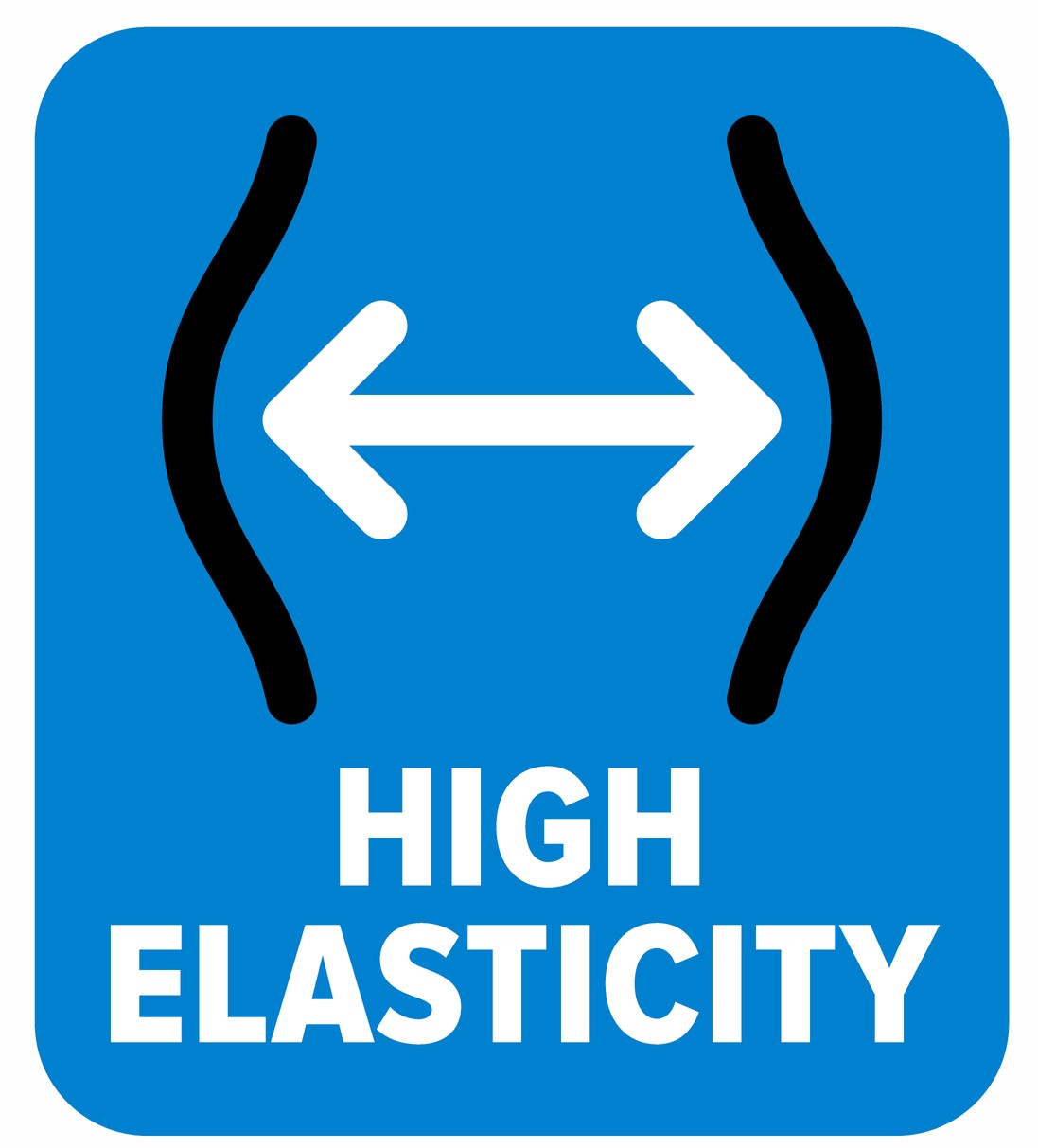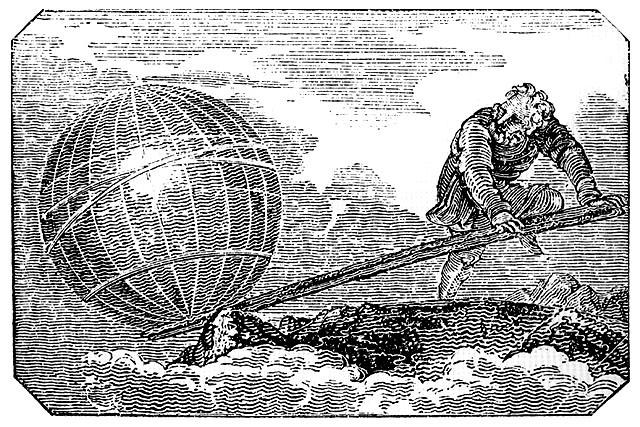This is the fourth in a series of posts about Category and its potential to help firms gain leverage and momentum in their markets. I’d like to build on a statement from the initial post that said Category defines the space into which your offering will grow. A well-defined Category strategy puts a claim on a territory that you can’t fully occupy yet, but that you intend to occupy over time. It establishes a tension between what you have today and what you intend to bring forward. Resolution comes when your commercial offering “matches up” better than anyone else’s to the promise of the emerging Category.
How much tension should your Category strategy create? What could too much Category tension look like? Too little? What would “just right” look like? Let’s look at these questions from both a market/customer perspective and an internal/employee perspective.
Market Perspective: Balancing Thought Leadership, Familiarity, and Credibility
From a market/customer perspective, it’s helpful to see Category tension through the lens of Geoffrey Moore’s Technology Adoption Life Cycle. In pre-Chasm stages, when you’re working with Visionaries and Technology Enthusiasts, Category tension is generally very helpful. It builds your brand as an innovator with these stakeholders and drives creativity in exploring and designing new solutions. But as you identify the bowling alley segments that ultimately lead to broad market adoption, the tension between Category and solution needs to enter a resolution phase. You can accomplish this both through adjusting your positioning on the emerging Category – making it more accessible to the Pragmatists – and by rapid advancement and rounding out of your solution capabilities against the promise of the Category. At this point your whole product and ecosystem vision and your Category description should sound reasonably similar – signaling the need to put a new Category stake in the ground!
Conversely, if you don’t have a bold idea for a new Category that really stretches the imagination, then the Visionaries and Technology Enthusiasts won’t find you interesting enough to invest in. But if you leave that Category tension in place, the Pragmatists won’t understand the category or trust your offering when the broader market begins to adopt. A critical part of your Category strategy is accounting for this shift in crossing the chasm as well as the inevitable evolution of market perspectives as ecosystems form, niche players are acquired, etc.
Employee Perspective: Balancing Transformational Change, Personal Advancement, and Strategic Assets and Capabilities
Category isn’t just a market-facing construct. It’s just as powerful in driving internal behavior. In their book Play Bigger: How Pirates, Dreamers and Innovators Create and Dominate Markets, authors Al Ramadan, Dave Peterson, Christopher Lochhead, and Kevin Maney emphasize that Category strategy involves designing a category, an offering, and a company at the same time and for the same purpose.
For start-up companies, the concept of Category is akin to Mission. The tension between current state and destination state is natural, and there is urgency to make steady commercial progress in a fledgling organization. Category helps further clarify and inspire the commercial offering in development. Many or most of the initial team members were brought in with specific connections to the new offering. Also start-up companies are more likely to attract risk-tolerant individuals who are generally more comfortable with the tension between current state and desired future state.
Recycling Bottles for New Wine
But for existing companies, a Category strategy will suggest at least incremental change and may even demand transformational change. As your team explores the customer’s “complexity frontier” to shape the Category, the assets and capabilities that brought the company to its current position will likely be very different from the ones necessary to move into the new space. Descriptions of the new Category may be difficult to understand relative to the current business, and may also threaten employees’ sense of security. For example, any Category that is being disrupted/enabled by AI or robotics will likely threaten employees providing services today.
Moreover, many Category strategies will demand “Buy” rather than “Build” approaches, so the relationships between “legacy” employees and acquired team members will create additional uncertainty. Retaining the right talent – perhaps largely through assuring them of their ongoing value – as well as acquiring or developing the necessary new talent are both critical to realizing your Category strategy. Of course, existing systems, processes, and programs will all need to be reviewed as well for their ability to serve the company once the new Category emerges, but the change dimension with people must come first.
Category Strategy and Digital Transformation
One last thought about the employee perspective, and it involves the relationship between Category strategy and digital transformation. Many companies who have not historically considered themselves to be technology companies are now appreciating that every company is a technology company. As these companies reinvent themselves in the digital realm, a Category strategy my very well accelerate and clarify the digital transformation effort.
Partnering with your Talent and Employee Engagement teams will be a vital part of implementing your Category strategy to pave the way for changes that are inevitable. Together you can thoughtfully introduce tension into the organization around your Category strategy, as well as plan to manage and ultimately resolve it as you move forward.



